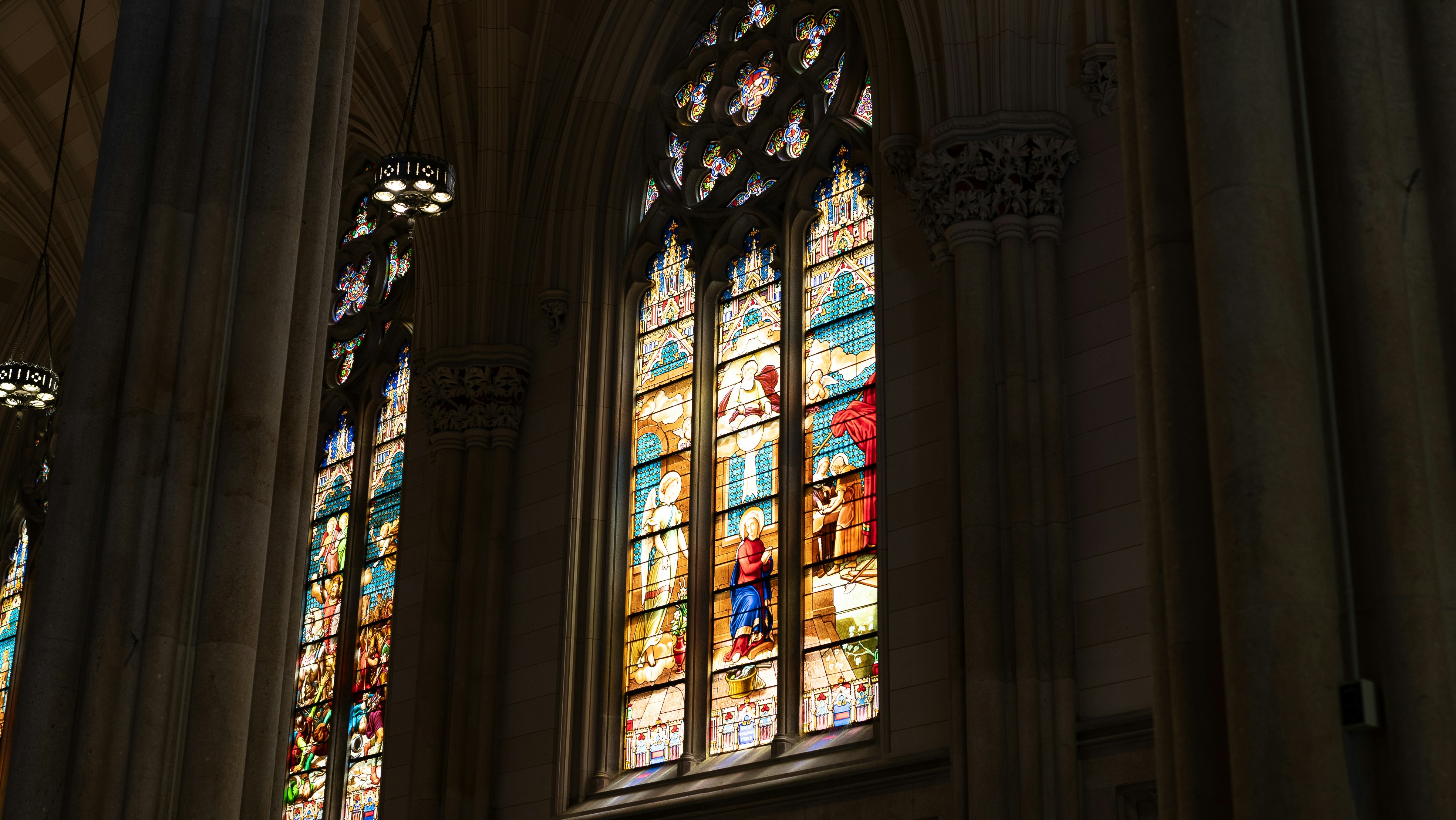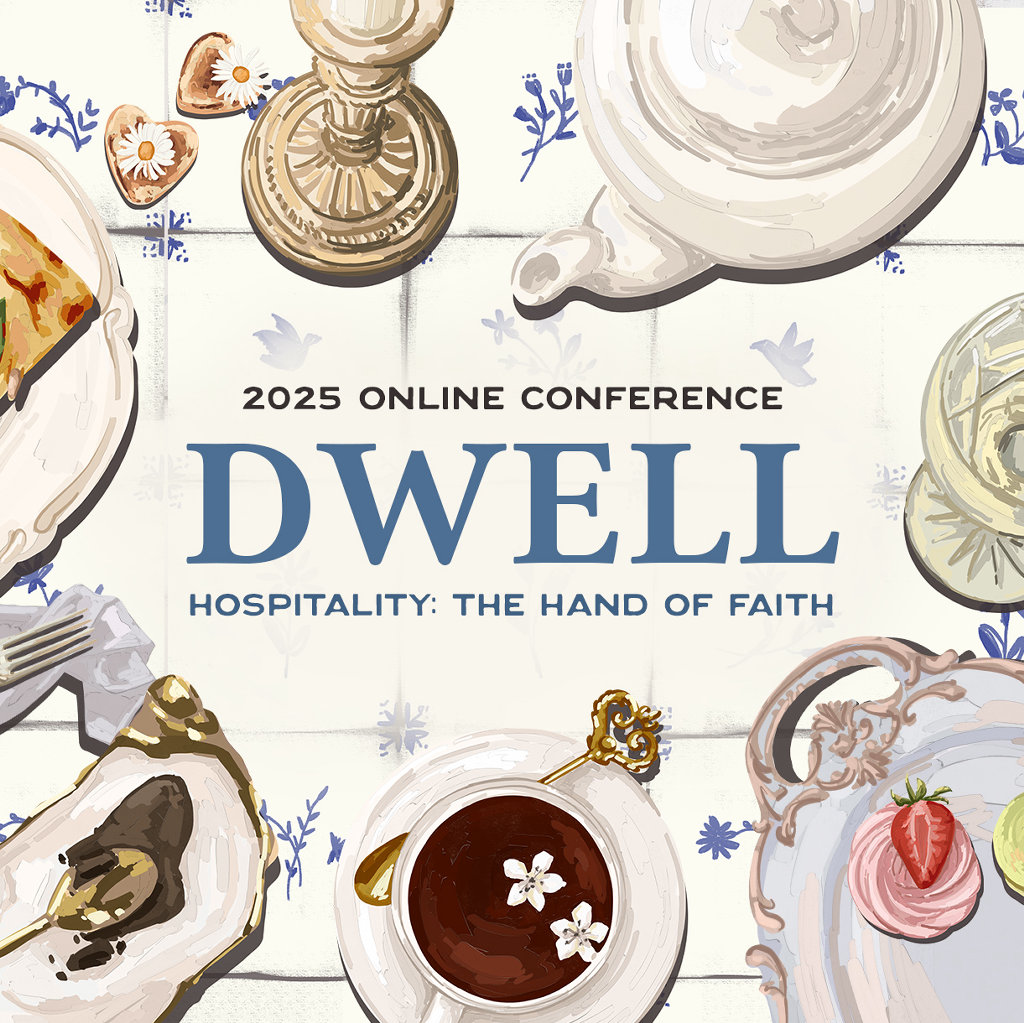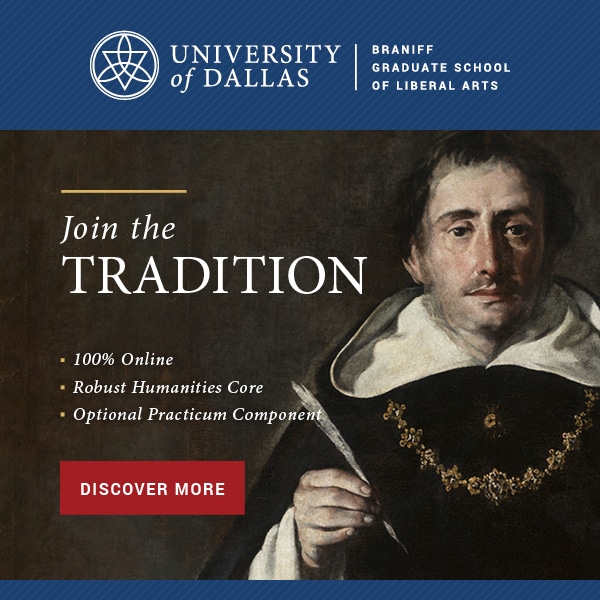The Philosophical Act of Wonder

As I entered the kitchen to begin dinner, I noticed a dim glow emanating from the dusk-cloaked dining room. Unaware that I was quietly watching, my daughter continued to play. In one hand she held a wooden figurine of Mary atop a donkey and a flashlight in the other, wreathing Mary in light. The shadow moved slowly along the wall, journeying rhythmically to Bethlehem as my daughter hummed the theme music for the Ride of the Rohirrim from The Return of the King. It was one of the more beautiful contemplations on Christ’s Nativity that I have seen. When time seemed poised in uncertainty and hope barren, a young, pregnant Mary bravely rode to Bethlehem. In her womb was all the army needed to turn the tide of the battle that seemed all but lost. And darkness was removed, and the hosts of hell wailed, and terror took them. I was struck anew with wonder at the Nativity.
Socrates observed that philosophy begins in wonder. But what is wonder? Often the word is used as a sort of sentimentality toward learning, chasing a feeling of delight at the expense of intellectual excellence. But this usage of wonder is not the same sort of wonder that has historically been considered the source of philosophy. In “The Philosophical Act,” Josef Pieper’s second essay in Leisure: The Basis of Culture, he writes that the inner forms of philosophizing and wonder are virtually identical. It is worth quoting Pieper’s description of philosophy at length:
To philosophize means to withdraw – not from the things of everyday life – but from the currently accepted meaning attached to them, or to question the value placed upon them. This does not, of course, take place by virtue of some decision to differentiate our attitude from that of others and to see things “differently”, but because, quite suddenly, things themselves assume a different aspect. Really the situation is this: the deeper aspects of reality are apprehended in the ordinary things of everyday life and not in a sphere cut off and segregated from it, the sphere of the “essential” or whatever it may be called; it is in the things we come across in the experience of everyday life that the unusual emerges, and we no longer take them for granted – and that situation corresponds with the inner experience which has always been regarded as the beginning of philosophy: the act of “marveling”.¹
This is exactly what happened with my daughter. She took everyday objects: a wall, a flashlight, the darkness. Even the image of Mary on a donkey becomes commonplace during the holidays. She took these things and saw them differently, saw the Reality behind the objects.
When I saw this Nativity, I was moved to wonder. Look!” I whispered to my husband, motioning towards the dining room. Our family life is frequently characterized by the cry, “Look!” A beautiful sunset, the arrival of the first Mississippi kite in spring, a double rainbow – all reasons for the whole family to go running out upon the lawn. Recently, as I spiraled into motherly worries about my children’s spiritual development, it occurred to me that as long as they continue to call, “Look!” something very good is taking place in their souls. This marveling is the harbinger of wisdom.
Saint Thomas Aquinas explains that wonder is a longing or active desire for knowledge. This longing moves beyond desiring an answer to a question; instead, contemplative wonder beckons us to enter more deeply into mystery. Mystery is not the cloak of darkness but the emanating light. Pieper explains, “Rather, mystery means that a reality cannot be comprehended because its light is ever-flowing, unfathomable, and inexhaustible. And that is what the wonderer really experiences.”² Ultimately, what the wonderer seeks is the consummate mystery of light: the beatific vision. At their core, both wonder and philosophy are acts of hope. They see that there is a greater Reality where God is and is the rewarder of those who earnestly seek him.
Advent is long gone and Holy Week began with the painful yearly act of anamnesis. On Palm Sunday a lector reads the Passion of Christ according to Saint Mark. He reaches the words of Pontius Pilate, asking, “Then what shall I do with the man you call the King of the Jews?” The congregation responds with the cry of the crowd, “Crucify him!” It is a terrible response. I want to abstain, but the liturgy does not allow for conscientious objectors. The reading ends at Joseph of Arimathea’s tomb. Betrayal, death, tombs – these are not the mysteries we enter. The mystery is the endurance of the light.
My daughter does not yet read well enough to read along, and she paid no attention to the lesson this Palm Sunday. “Where’s Daddy?” she whispered halfway through the reading. Not only had she not noticed his absence in the pew, but she also hadn’t noticed that he was the lay lector and had been reading from the lectern for some time. As the Passion narrative continued, a light broke through the stained-glass window behind the lectern. It is a circular window; in the center is a chalice bathed in light from the Host above it. Both the chalice and Host are gathered under the wings of a dove and surrounded by a circlet of crimson. In the early spring morning, it should have been a momentary whisp of light as the sky awakened. But the beam of light persisted, shining as a spotlight into the church, strong and unwavering, growing ever brighter.
A tap on the arm interrupted my contemplation. Pointing up, my daughter whispered loudly, “Mama, look!”
¹ Josef Pieper, Leisure: The Basis of Culture, trans. Alexander Dru (San Francisco: Ignatius Press, 2009), 111.
² Ibid, 115.
Rachel Woodham
Rachel Woodham has a BA in Russian Language and Literature and is a graduate student of Great Books at Harrison Middleton University. A classical educator for the last decade, she now homeschools her three all-time favorite students.








